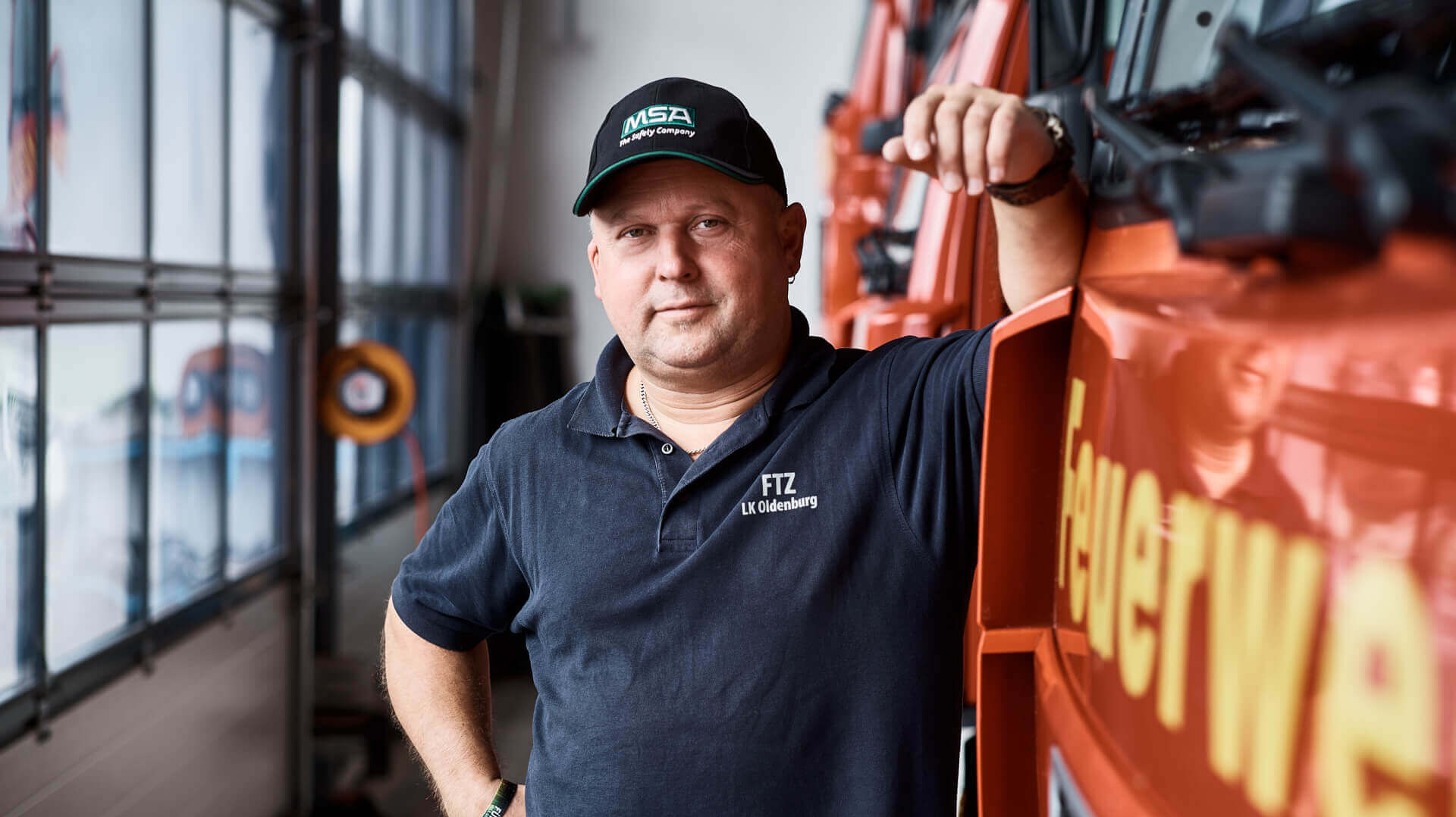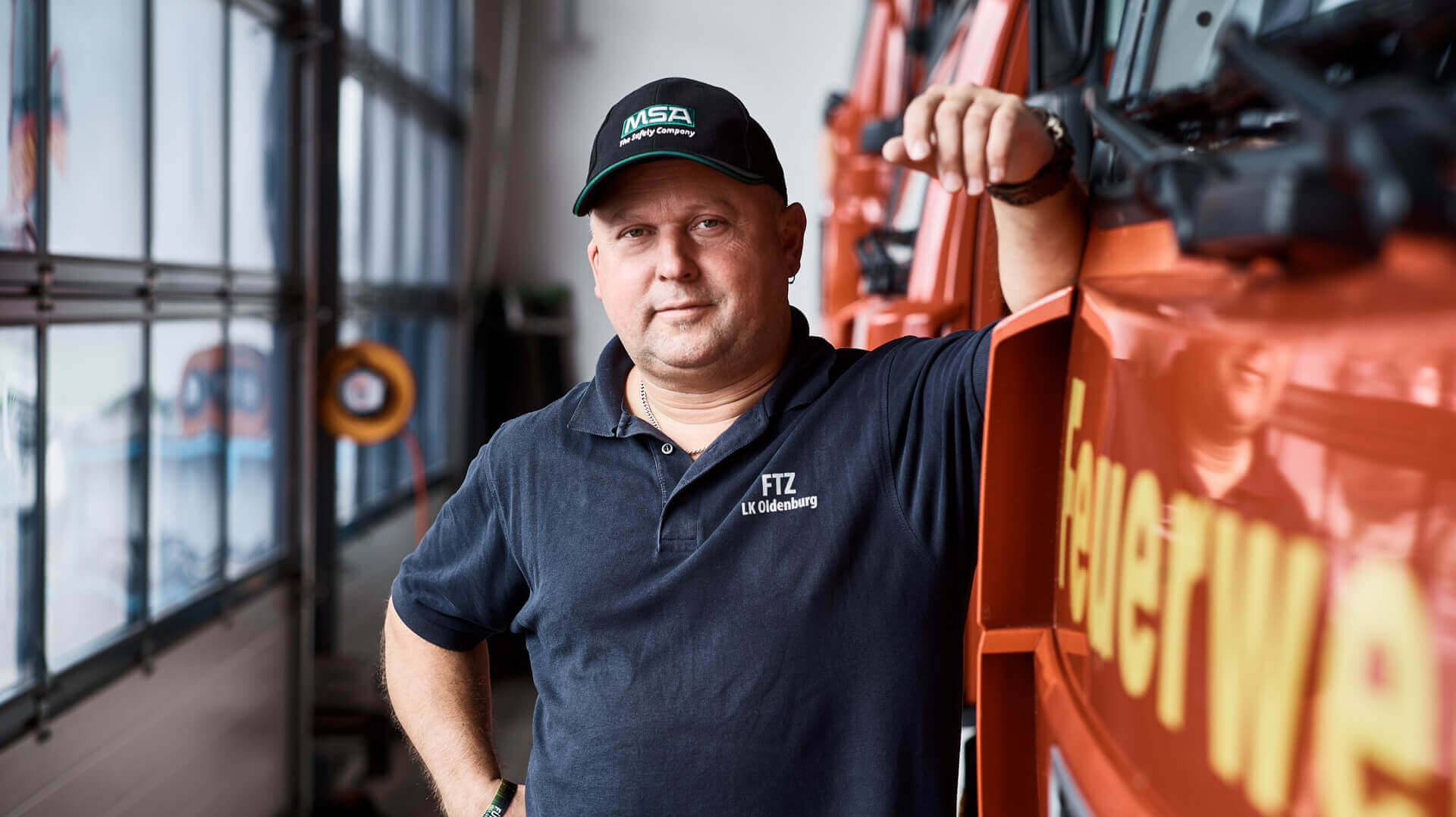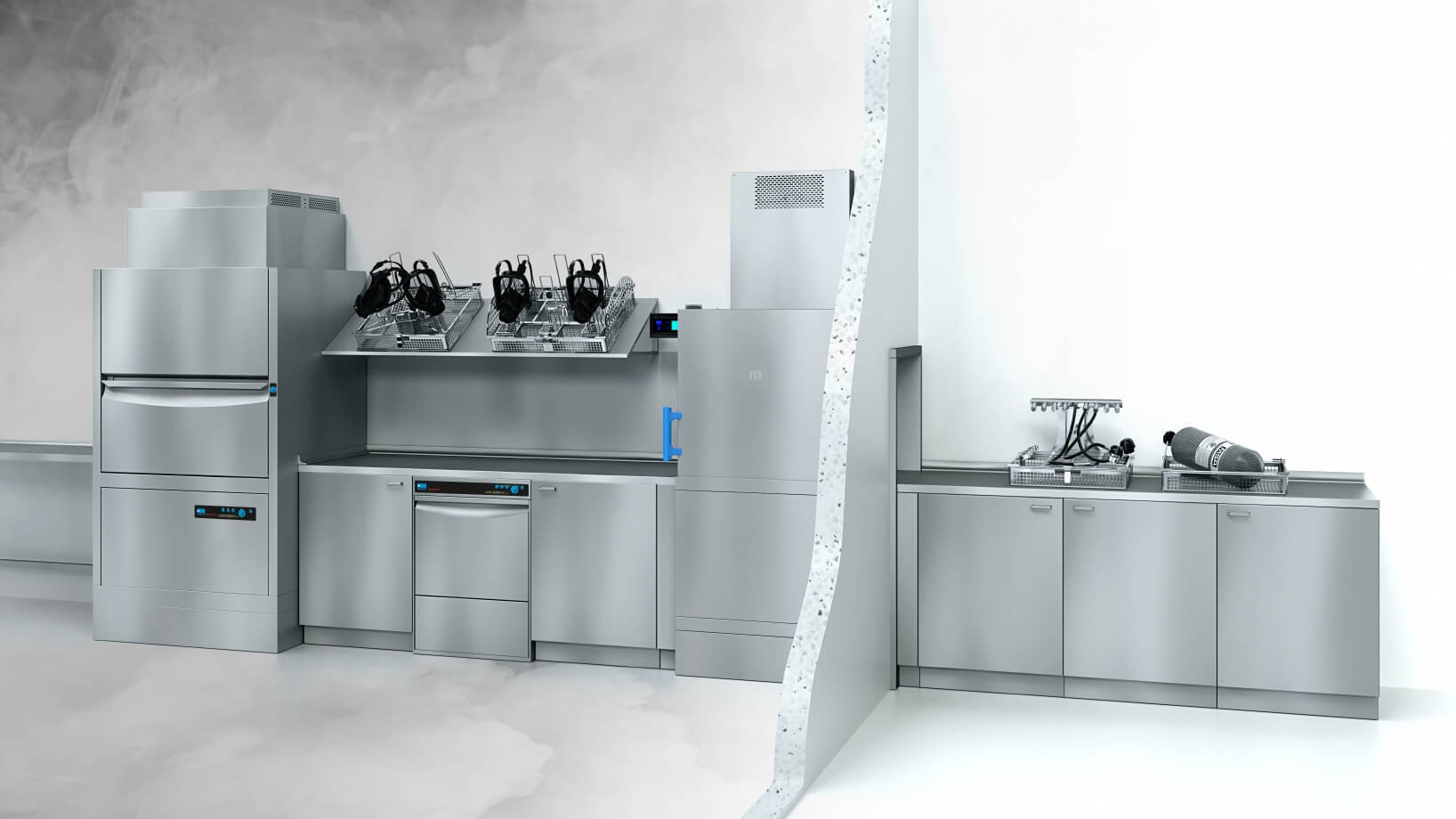WHY ARE FIREFIGHTERS AT A HIGHER RISK OF CANCER?
A whole range of cancers occur more frequently in firefighters than in the general population. The link between firefighting and increased cancer risk hinges on regular exposure to noxious substances that are released in fires. Toxic fumes, smoke particles and chemicals settle on the skin, on the clothing, and in the airways of firefighters, increasing their risk of a range of cancers.
WHO IS MOST AT RISK?
The statistics on cancer in firefighters are alarming. Research shows that firefighters have a higher risk of cancer than the general population. Since mid-2022, the International Agency for Research on Cancer has classified firefighting in the highest risk category for cancer. The International Agency for Research on Cancer (IARC) is part of the World Health Organization (WHO). This classification is an important signal to improve protection for firefighters the world over. Previously, firefighting was categorised as ‘possibly carcinogenic to humans’ (group 2b) and was upgraded in 2022 to ‘known to be carcinogenic to humans’ (group 1a).
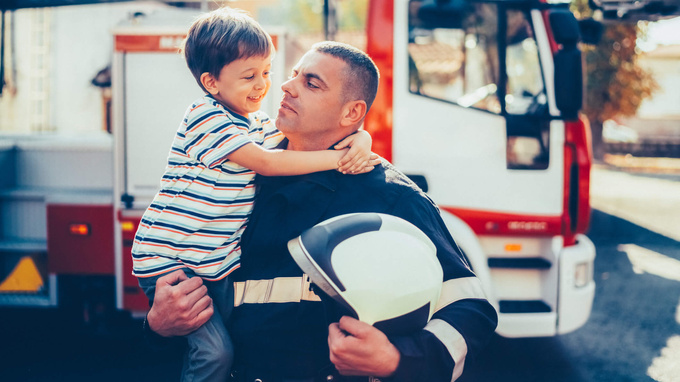
The negative effects of repeated exposure to toxic substances can build up over time. That means that the risk of developing disease increases with age. Alongside the frequency of exposure, cancer risk depends on several other factors like:
- Duration of exposure
- Type of fire response
- Protective measures used
- Genetic predisposition
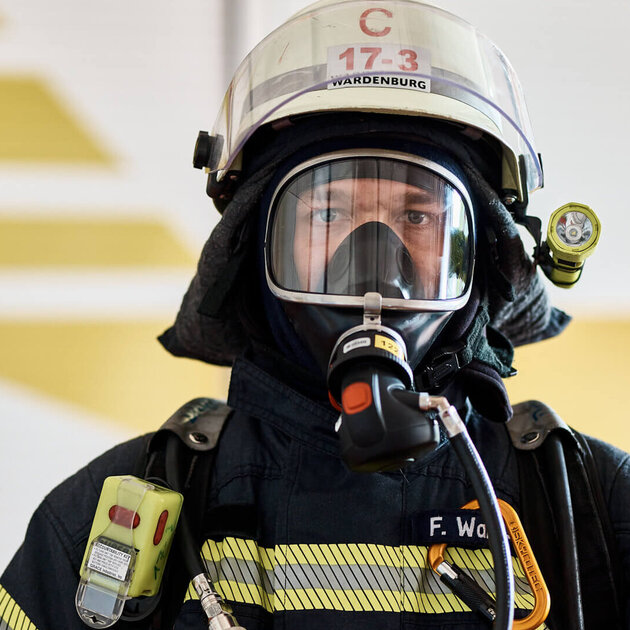
WHAT CANCERS DO FIREFIGHTERS SUFFER?
The most common cancers in firefighters are:
- Lung cancer: lung cancer is one of the most frequent forms of cancer in the firefighter community. Exposure to smoke particles and toxic gases during call-outs increases the risk of lung cancer. This cancer affects both male and female firefighters.
- Skin cancer: the nature of working outdoors means that firefighters have a higher risk of skin cancer. This primarily affects those who spend long hours in the sun. Male firefighters seem to be at a higher risk since they are more likely to work outdoors.
- Bladder cancer: firefighters are at a higher risk of bladder cancer, probably due to chemical substances in the smoke that they are exposed to. This impacts both male and female firefighters.
The high concentration of carcinogenic substances in smoke and their repeated exposure during call-outs contribute to firefighters' increased risk.
Firefighters on call-outs need protection, and so do the SCBA technicians who work with the contaminated equipment they bring back.
PROTECTING FIRE SERVICES FROM CANCER RISK
How can firefighters best protect themselves from carcinogenic substances?
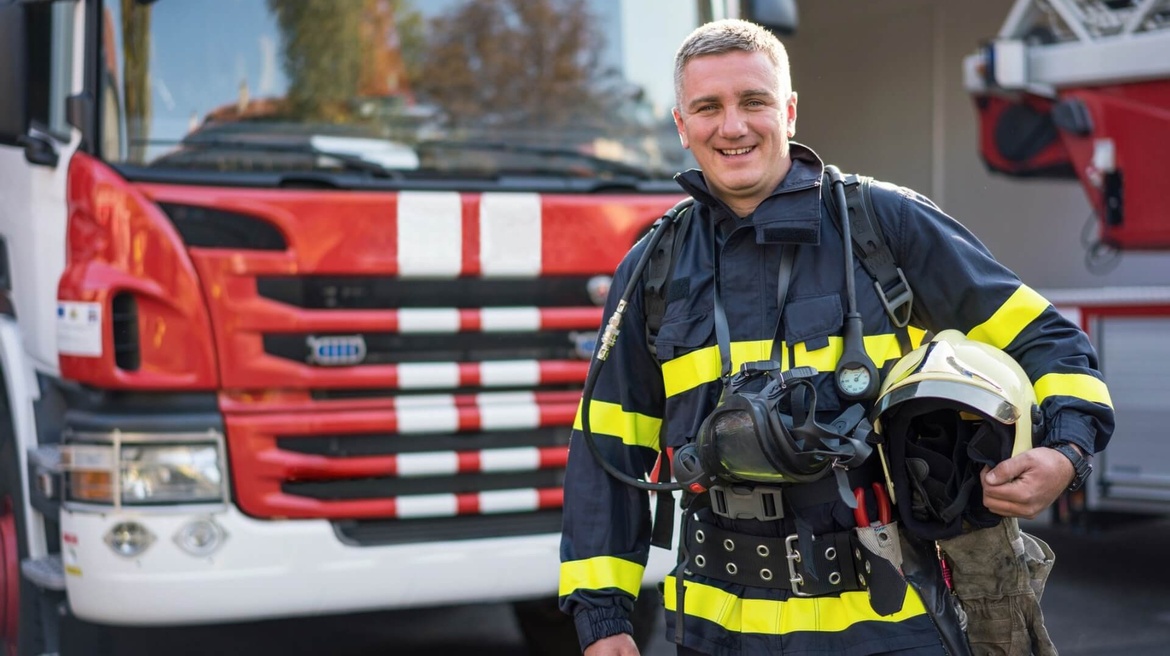
Firefighters can significantly reduce their cancer risk if they stick to reliable protective practices like always wearing and properly handling their PPE. Further recommendations include:
Awareness: being aware of the risk and adapting behaviour to minimise exposure is the first step and, for many firefighters, the most important one.
Hygiene practices: regularly washing hands, showering and changing clothes after call-outs can help remove toxic residues.
Further training: firefighters should stay informed of the latest developments in health risks and protections from them. Further training helps them stay up to date.
Medical examinations: regular medical examinations are needed in order to detect and treat potential health problems early on.
How can equipment technicians best protect themselves from carcinogenic substances?
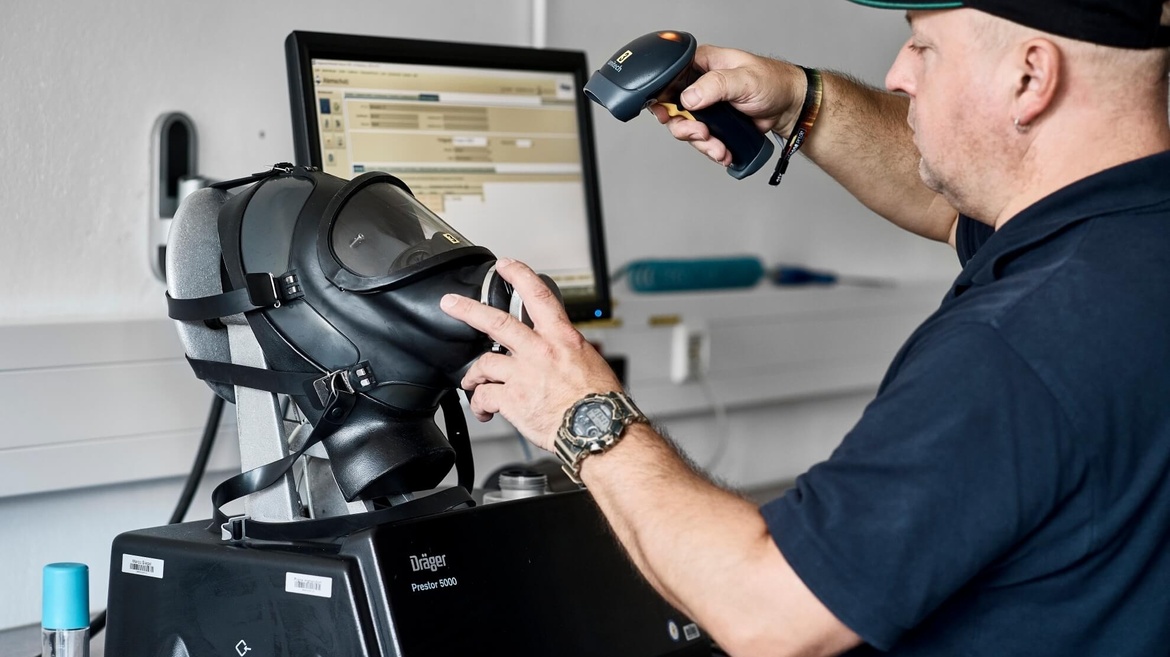
SCBA technicians are vital – they are responsible for the safety and maintenance of the SCBA sets that protect firefighters. The following recommendations can help them protect themselves from carcinogenic substances in their work:
Careful maintenance: stringently separate the clean and dirty sides for the inspection, maintenance and cleaning of SCBA sets.
The right protective equipment: SCBA technicians should always wear appropriate PPE when maintaining equipment to protect themselves from exposure to toxic substances.
Continuous training: regular training on the latest processes, technologies and safety guidelines will keep SCBA technicians up to date on reliable practices.
Hygiene practices: after maintenance, SCBA technicians must wash thoroughly and change their protective clothing in order to minimise any contamination.
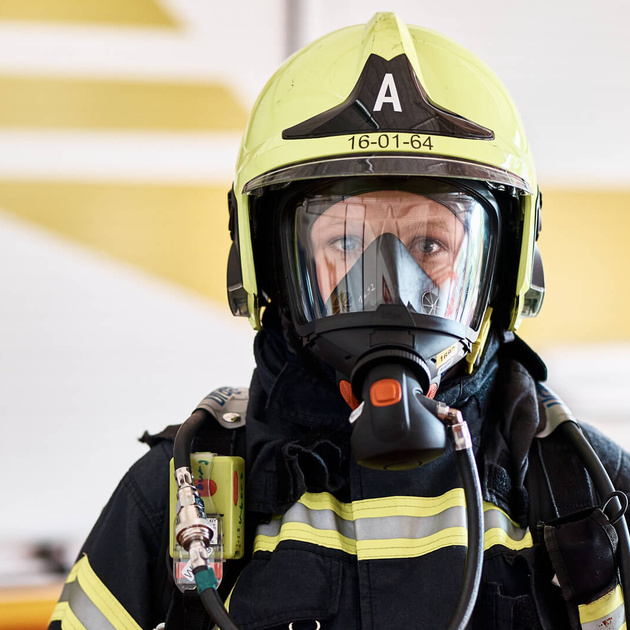
Go to interviewWe must not underestimate the cancer risk from fire. We must protect everyone in the fire service.
Vera A.
PROTECTING FIRE SERVICE MEMBERS FROM CANCER RISK IS EVERYONE'S JOB
Firefighters face demanding challenges on a daily basis. And their increased cancer risk must not be forgotten. The carcinogenic substances they are exposed to are a serious risk to their health. Continuous awareness raising, prevention and strict safety guidelines can help firefighters and especially SCBA technicians to protect themselves from the invisible risk of carcinogens.
